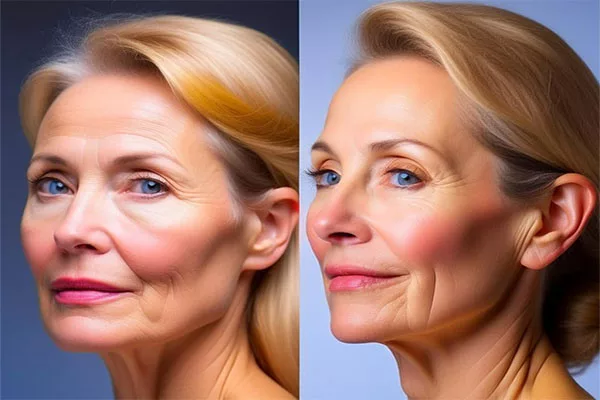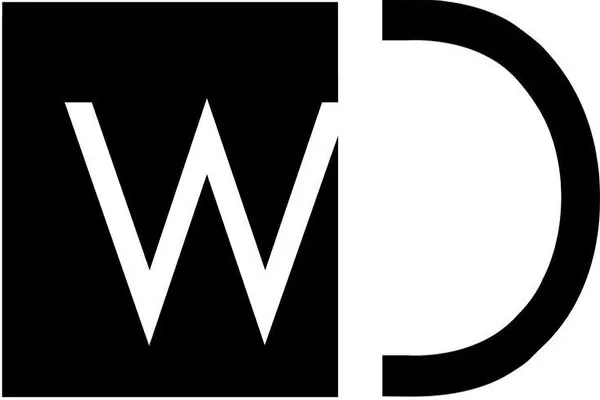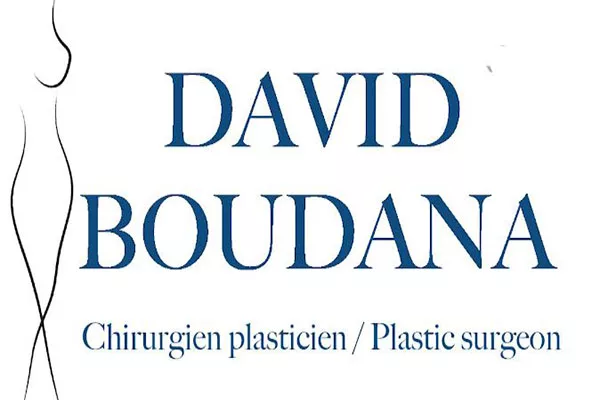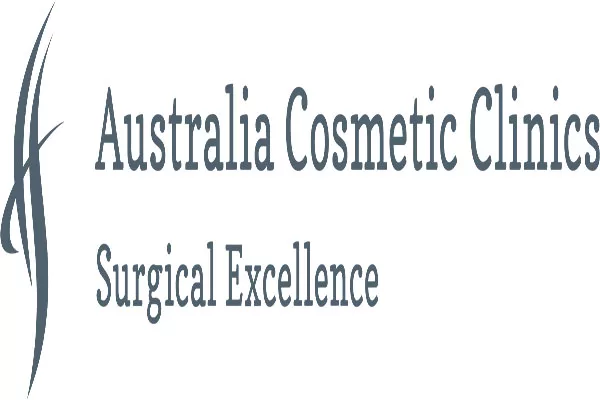Facial surgery is a popular option for individuals looking to improve their appearance or address certain medical conditions. The lower face lift, also known as the rhytidectomy, is a type of facial surgery that specifically addresses the lower portion of the face, including the jawline, jowls, and neck.
While aging can impact the entire face, the lower face is particularly susceptible to sagging and wrinkles due to gravity and loss of collagen. The lower face lift can help to restore a more youthful appearance and improve overall facial symmetry.
In this article, we will explore the various aspects of the lower face lift, including the procedure itself, potential risks and benefits, as well as what to expect during the recovery period. Whether you are considering the lower face lift for cosmetic reasons, or to address medical concerns, this article aims to provide helpful information to guide your decision-making process.
The Procedure
The lower face lift procedure typically involves making incisions in front of and behind the ears, as well as under the chin. The surgeon then lifts the skin and underlying tissue, repositions them, and removes any excess.
In some cases, the surgeon may also perform liposuction to remove excess fat from the neck and chin area. This can help to further define the jawline and create a more sculpted appearance.
In addition to the lower face lift, patients may also opt for additional procedures such as an upper face lift or eyelid surgery to address other areas of concern.
The length of the surgical procedure can vary depending on the extent of the surgery and whether additional procedures are being performed. The surgery is typically performed under general anesthesia, although local anesthesia and sedation may also be used.
Before undergoing the procedure, it is important to speak with your surgeon about the specific details of the surgery, as well as any potential risks or complications.
Recovery
Recovery from a lower face lift can take several weeks, and it is important to follow all post-operative care instructions provided by the surgeon. This may include wearing a compression garment, avoiding certain medications that can increase the risk of bleeding, and keeping the head elevated while sleeping.
Swelling and bruising are common side effects of the procedure, and may take several weeks to fully subside. Pain and discomfort can be managed with prescription medication, and patients may also be advised to apply cold compresses to the affected area.
It is important to avoid strenuous activity or heavy lifting for several weeks following the procedure, as this can increase the risk of bleeding or other complications. Patients should also avoid exposure to direct sunlight and wear sunscreen when outdoors.
Most patients can return to work and other regular activities within 2-3 weeks following the procedure. However, it is important to note that the full results of the procedure may not be visible for several months as the swelling fully subsides and the skin continues to heal.
It is important to keep all follow-up appointments with the surgeon to monitor progress and address any concerns that may arise during the recovery period.
Potential Risks and Benefits
As with any surgical procedure, there are potential risks and benefits associated with the lower face lift.
Some potential benefits of the procedure include:
- Restoring a more youthful, lifted appearance to the lower face
- Improving overall facial symmetry
- Boosting self-confidence and self-esteem
Some potential risks and complications of the procedure include:
- Bleeding or hematoma
- Infection
- Nerve damage
- Scarring
- Uneven or asymmetrical results
- Reaction to anesthesia
It is important to speak with a qualified and experienced surgeon to understand the potential risks and benefits of the procedure, and to determine whether it is the right choice for you.
Additionally, patients should be in good overall health and have realistic expectations for the results of the procedure. A lower face lift can help to improve appearance and address certain medical conditions, but it is not a substitute for a healthy lifestyle or weight loss.
Candidacy
Candidates for a lower face lift may include individuals who are looking to address any of the following concerns:
- Sagging jowls and jawline
- Loose or excess skin in the lower face
- Disproportionate or asymmetric facial features
- Excess fat or double chin in the neck area
- Loss of facial volume due to aging
It is important to note that not all individuals are good candidates for a lower face lift, as certain medical conditions or lifestyle factors can increase the risks associated with the procedure.
Candidates should be in good health, have realistic expectations for the outcome of the procedure, and be committed to following all pre- and post-operative care instructions provided by the surgeon.
Ultimately, the decision to undergo a lower face lift should be a collaborative one between the patient and the surgeon, taking into account individual goals, medical history, and overall health.
Consultation
If you are considering a lower face lift, the first step is to schedule a consultation with a qualified facial plastic surgeon. During the consultation, the surgeon will evaluate your medical history, examine the lower face and neck area, and discuss your goals and expectations for the procedure.
The surgeon may also take photographs or use computer imaging software to provide a preview of the potential results of the procedure.
During the consultation, it is important to ask any questions you may have about the procedure, including the surgeon’s experience and qualifications, the specific techniques that will be used, the expected outcome, and any potential risks or complications.
After the consultation, you will have time to consider whether the procedure is right for you, and to schedule the surgery if desired. Some surgeons may also offer financing options or payment plans to help make the procedure more affordable.
It is important to choose a qualified surgeon with extensive experience in facial plastic surgery to ensure the best possible outcome and minimize the risks associated with the procedure.
Preparation
In the weeks leading up to the lower face lift procedure, there are several steps patients can take to prepare for surgery and ensure the best possible outcome.
These may include:
- Quitting smoking, as smoking can increase the risk of complications and delay the healing process
- Avoiding certain medications and supplements that can increase the risk of bleeding, as advised by the surgeon
- Getting plenty of rest and maintaining a healthy diet
- Arranging for transportation to and from the surgical facility on the day of the procedure
- Preparing the home for a comfortable recovery period, such as setting up a recovery area with extra pillows and blankets
In addition, it is important to follow all pre-operative care instructions provided by the surgeon, such as avoiding food and drink for several hours before the procedure, and wearing comfortable, loose-fitting clothing on the day of the surgery.
Preparing for the procedure can help to reduce anxiety and ensure a smoother recovery period, ultimately leading to the best possible outcome.
Cost
The cost of a lower face lift can vary depending on factors such as the surgeon’s experience and qualifications, the extent of the surgery, and the geographic location of the surgical facility.
According to the American Society of Plastic Surgeons, the average cost of a lower face lift in the United States is around $7,000. However, this does not include additional costs such as anesthesia, facility fees, and pre-operative testing.
Most insurance plans do not cover the cost of cosmetic procedures such as a lower face lift. However, some procedures may be covered if they are being performed to address a medical condition, such as a neck lift to address excess skin following weight loss.
Before undergoing a lower face lift, it is important to discuss the cost of the procedure with the surgeon, including any financing options or payment plans that may be available to help make the procedure more affordable.
Alternatives
For patients who may not be good candidates for a lower face lift, or prefer a less invasive option, there are several alternative procedures and treatments that can help to address concerns in the lower face and neck area.
These may include:
- Injectables such as fillers and Botox to restore volume, smooth wrinkles, and address sagging skin
- Laser treatments such as Ultherapy and CO2 laser resurfacing to stimulate collagen production and tighten skin
- Radiofrequency treatments such as ThermiTight and FaceTite to tighten sagging skin and reduce fat
- Neck lift procedures to address excess skin and fat in the neck area
It is important to discuss all available options with a qualified surgeon before deciding on a course of treatment. While non-surgical treatments may involve less downtime and risk than a lower face lift, they may also provide less dramatic or permanent results.
Conclusion
A lower face lift can be a highly effective way to address sagging skin, wrinkles, and excess fat in the lower face and neck area. The procedure can help to restore a more youthful appearance and improve overall facial symmetry.
However, as with any surgical procedure, there are potential risks and complications that should be carefully considered before deciding to undergo the procedure. It is important to choose a qualified and experienced facial plastic surgeon, and to follow all pre- and post-operative care instructions provided by the surgeon to ensure the best possible outcome.
If you are considering a lower face lift or other facial procedure, schedule a consultation with a board-certified surgeon to discuss your options and determine whether the procedure is the right choice for you.
References:
- American Society of Plastic Surgeons. (n.d.) Face Lift. https://www.plasticsurgery.org/cosmetic-procedures/facelift
- American Society of Plastic Surgeons. (2020). 2019 National Plastic Surgery Statistics. https://www.plasticsurgery.org/documents/News/Statistics/2019/plastic-surgery-statistics-full-report-2019.pdf
- Mayo Clinic. (2019). Face-lift. https://www.mayoclinic.org/tests-procedures/face-lift/about/pac-20394024
- MedlinePlus. (2020). Face Lift. https://medlineplus.gov/ency/article/002989.htm
- The American Academy of Facial Plastic and Reconstructive Surgery. (n.d.) Facelift. https://www.aafprs.org/patient/procedures/facelift.html







